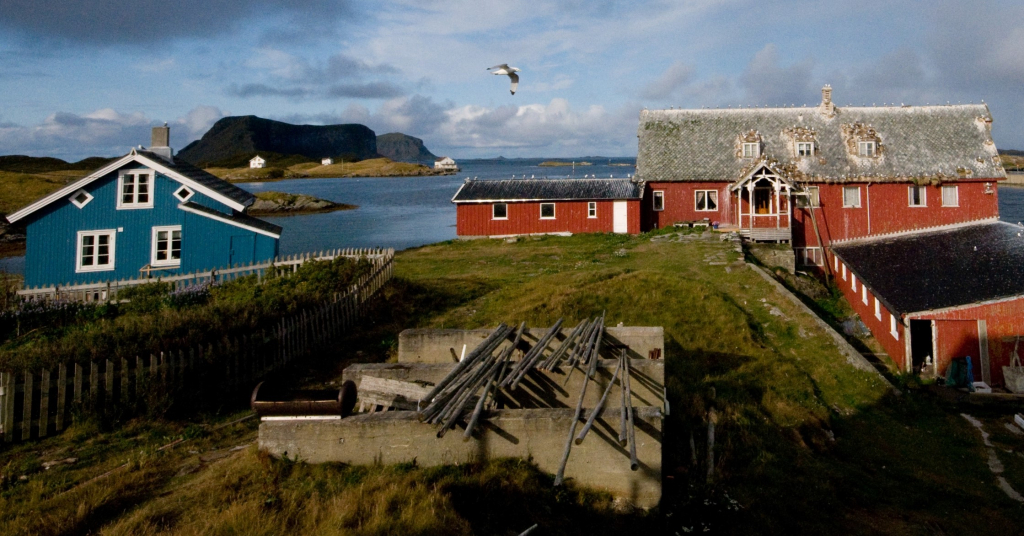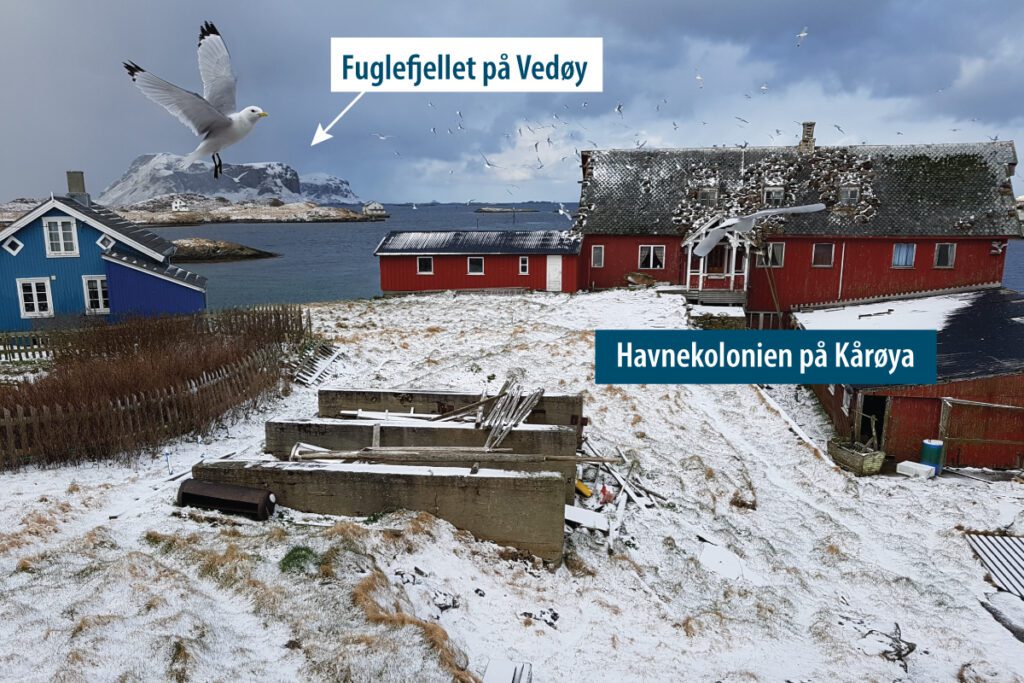White-tailed eagles increase the pressure on Norwegian seabird populations
– In 2020, the last black-legged kittiwake disappeared from the island Vedøy in Røst, Norway, which was known as one of the richest bird cliffs in Northern Europe. Our study shows that increased predation by white-tailed eagles contributed to this extinction, says Tycho Anker-Nilssen, senior researcher at NINA.
First published at nina.no
Text: Camilla Næss
Several underlying causes
He describes a dramatic, but far from unique picture. Seabirds are struggling all over the world. Food shortage, which may be linked to climate change and overfishing, is viewed as the most important cause. But the kittiwakes along the Norwegian coast also face several other challenges. For example, over the last decades, researchers have observed an increasing number of young white-tailed eagles hunting in the bird cliffs. But so far, few studies have been able to estimate to which extent predation and disturbance from predators and birds of prey affect the seabird populations.
– Many factors contribute to the population decreases we are observing at the moment, and it is often challenging to separate the effects of the various factors from each other in complex, marine ecosystems, Anker-Nilssen explains.
A natural experiment
For a long time, hunting, trapping and environmental toxins caused declines in the white-tailed eagle populations as serious as those observed in kittiwakes today. When white-tailed eagles were finally protected by law in 1968, the Norwegian population consisted of only 500 individuals. The population rebounded quickly and Norway is now able to export eagles to aid re-establishing lost eagle populations in Great Britain and Spain.
With regards to kittiwakes, Anker-Nilsen has witnessed large changes since seabird monitoring at Røst started in 1979.
– Parallel to the population decline at Vedøy, we have seen that an increasing number of individuals have moved closer to people. At Kårøya in the Røst harbour, only four km NE of Vedøy, the number of kittiwakes breeding on the roofs and walls of houses has increased rapidly.
What is the reason for this migration? The researchers believe that some of the kittiwakes move closer to people in search for protection from predators. Unlike other urban gull species, the kittiwakes are not drawn to people by food waste – they eat small fish and crustaceans, and they collect food for their chicks out at sea.
– At Røst, a natural experimental situation fell in our laps, with parallel data from two neighbouring colonies experiencing totally different predation levels. Monitoring both colonies for a long time has enabled us to confirm our theory, says Anker-Nilssen.
The escape from the bird cliff
As the population of white-tailed eagles grew, the kittiwake colony in the bird cliffs at Vedøy was visited by an increasing number of young eagles in the late 1990s. At the same time, the kittiwakes in the harbour have never been bothered by the eagles. Furthermore, access to food and distance to the foraging areas were equal for both colonies. Thus, the researchers were able to study any differences in breeding success between populations with and without predation and disturbance over a period of 42 years.
The results are unambiguous: while the colony in the bird cliffs went extinct, the colony in the harbour increased to five times its original size. Both colonies had higher breeding success in years with good access to food, but the food conditions were always insufficient and none of the colonies produced enough chicks to sustain recruitment over time.
– The growth in the harbour colony at Kårøya can therefore only be explained by immigration, most likely from the bird cliffs. After the bird cliff colony disappeared, the trend shifted at Kårøya and now this colony, too, is declining rapidly. Only increased access to food at sea can reverse this development.
Groundwork is important
Disturbance by eagles (and other birds of prey) patrolling and hunting in the bird cliffs also eases the access for crows and large gulls into the colonies. The researchers are observing the same pattern at several sites along the coast, both for kittiwakes and other seabirds. Over only four decades, eight out of ten breeding kittiwakes have disappeared from Norwegian bird cliffs. The main reason is lack of recruitment. Those that settle down in urban areas might well cause a great fuss among those living there, but the numbers involved only explain a small part of the decline in the bird cliffs.
– It is important to create breeding sites where the kittiwakes can find protection against predators. Good solutions for coexistence are under development in several places, and they will hopefully help the kittiwakes through a difficult period. The opposite alternative will imply a huge loss in a coastal environment we are otherwise so proud of, says Anker-Nilssen.
Read the article:
Contact person: Tycho Anker-Nilssen, NINA

